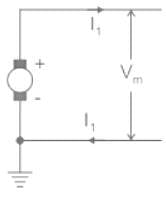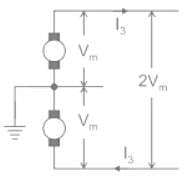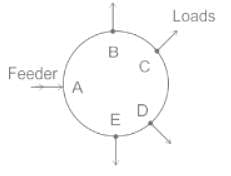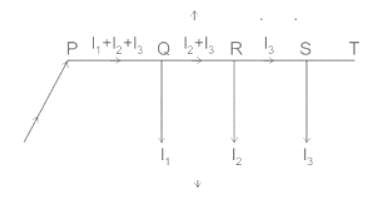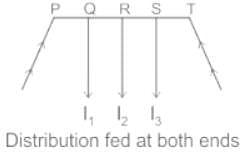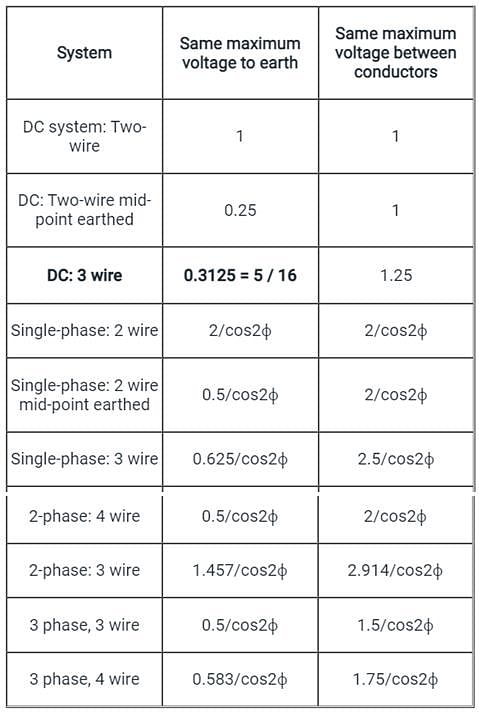Test: DC Distribution System - Electrical Engineering (EE) MCQ
10 Questions MCQ Test Power Systems - Test: DC Distribution System
Which type of transmission system is NOT considered for a DC system?
A 2-wire d.c. distributor 200 meters long is uniformly loaded with 2A/meter resistance of a single wire is 0.3 Ω/km. If the distributor is fed at one end, calculate the maximum voltage drop
| 1 Crore+ students have signed up on EduRev. Have you? Download the App |
In a two-wire system, the voltage across the supply end is maintained at 500 V. The line is 4 km long. If the full-load current is 15 A, what should be the booster voltage and output so that the distant voltage can also be 500 V?
Take the resistance of the cable to be 0.5 ohm/km.
Which of the following is NOT a type of DC distributor?
Two wire systems have the voltage at the supply end maintained at 500 V. The line is 4 km long. If the full-load current is 15 A, what must be the booster voltage and output in order that the far end voltage may also be 500 V. The resistance of the cable is 0.5 ohm/km.
How many types of DC distributions system are present solely based on the way they are fed by feeders?
Fig. below shows a 2 wire DC distributor cable AC of 4 km long supplying loads of 100 A and 200 A at distances of 2 km and 4 km from A. The feeder is fed at point A with a voltage of 500 V. The voltage available at the farthest point in the system is ______.
(Assume conductor resistance per km as 0.02 Ω).
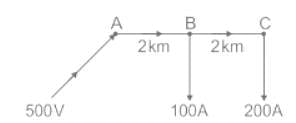
The amount of copper used by a 3-wire distributor having the same maximum voltage to earth as compared to a 2-wire DC distributor is ______.
A 2-wire DC distributor cable 800 m long is loaded with 1 A/m. Resistance of each conductor is 0.05 Ω/km. Calculate the maximum voltage drop if the distributor is fed from both ends with equal voltages of 220 V.
What is the percentage saving in feeder copper if the line voltage in a 2-wire DC systems is raised from 100 V to 200 V for the same power transmitted over the same power distance and having the same power loss?
|
21 videos|67 docs|45 tests
|
|
21 videos|67 docs|45 tests
|


